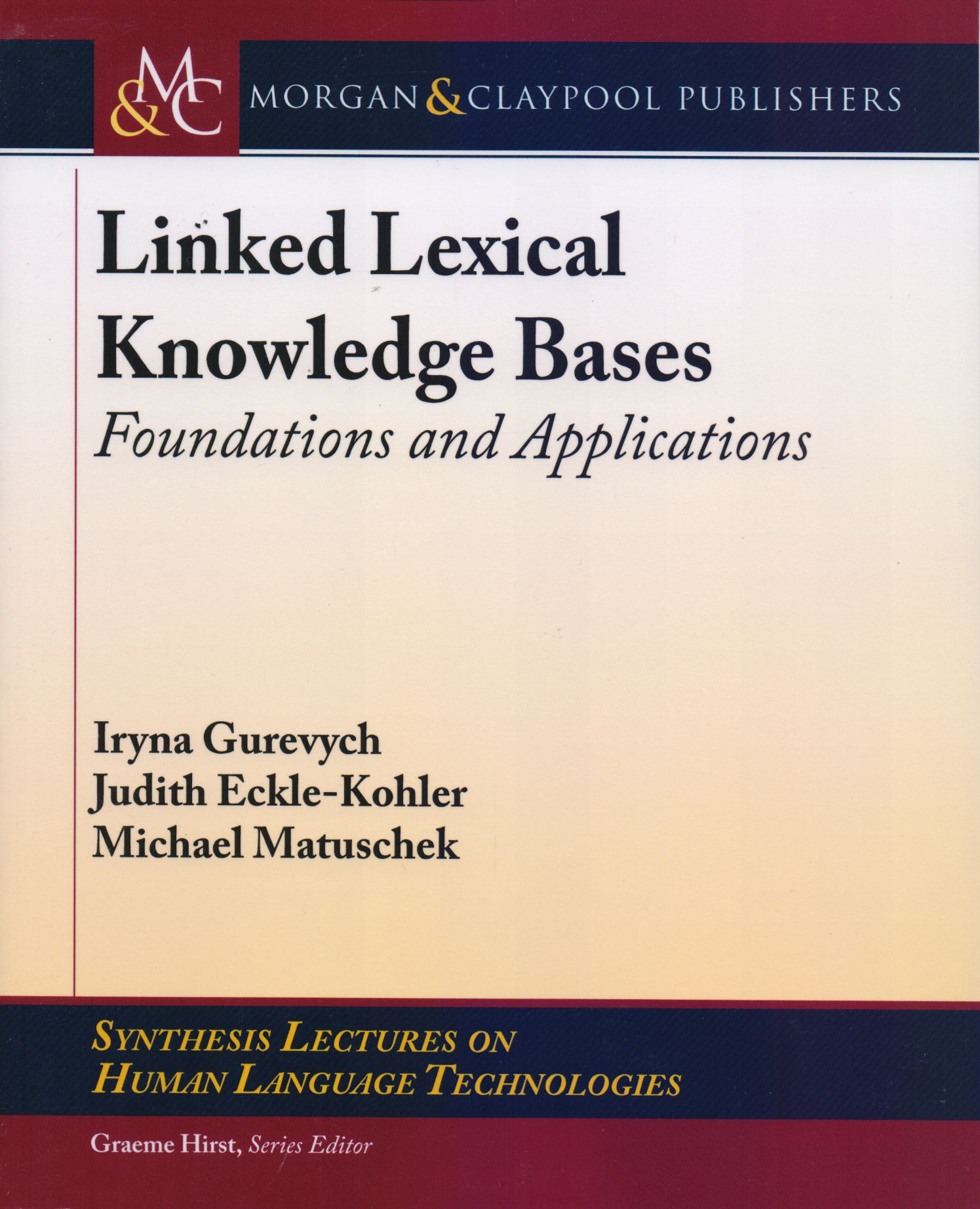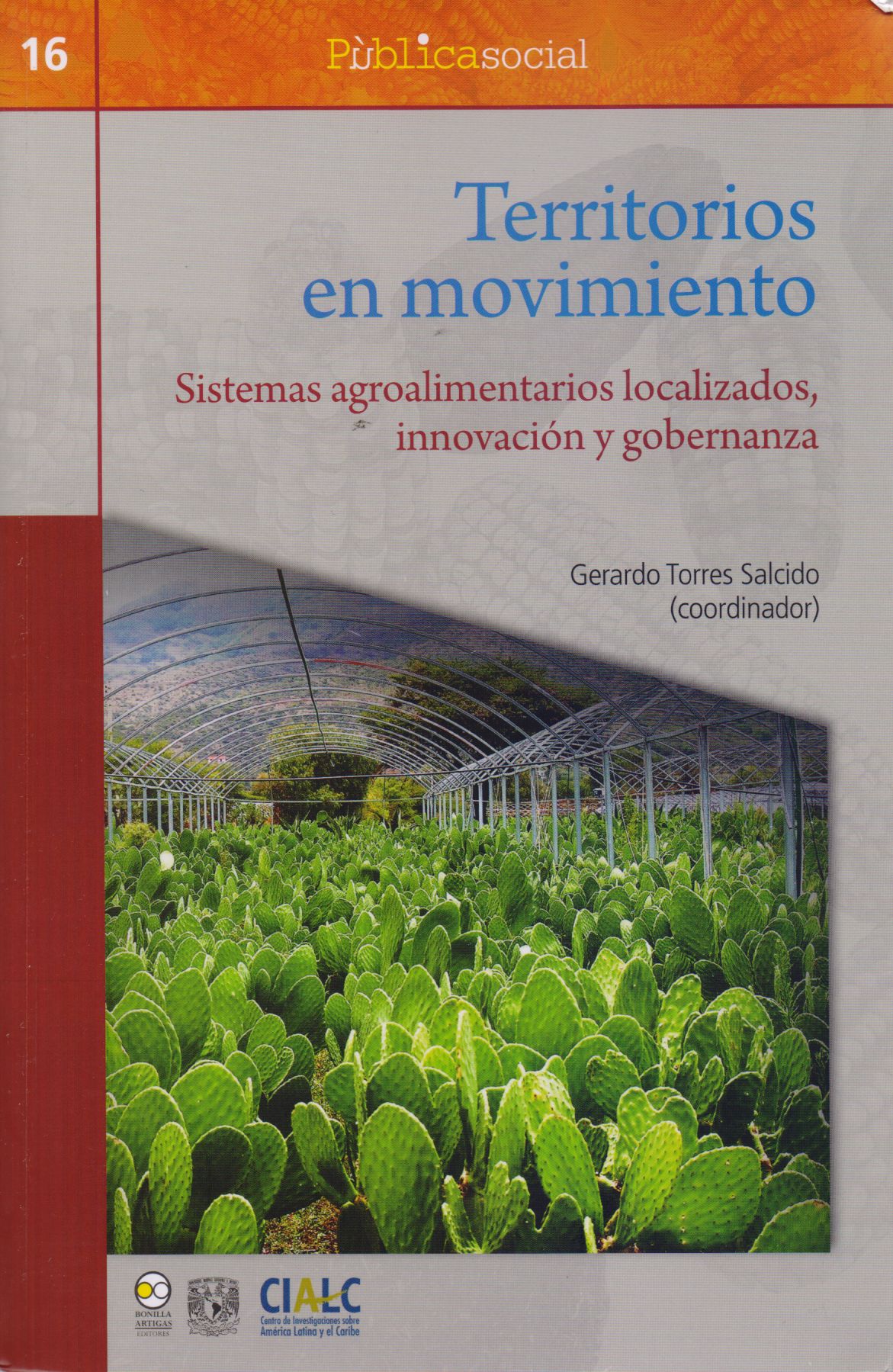Libros relacionados
 |
Resistive Random Access Memory (Rram): From Devices To Array Architectures Yu, Shimeng Morgan & Claypool Publishers |
 |
Linked Lexical Knowledge Bases: Foundations And Applications Gurevych, Iryna / Eckle-Kohler, Judith / Matuschek, Michael Morgan & Claypool Publishers |
 |
Design Of Visualizations For Human-Information Interaction: A Pattern-Based Fram Sedig, Kamran / Parsons, Paul Morgan & Claypool Publishers |
 |
Minitab Handbook: Updated For Release 16 Ryan, Barbara / Joiner, Brian / Cryer, Jonathan Cengage Learning Editores, S.A. de C.V. |
 |
Innovación: Desafío Para el Desarrollo en el Siglo XXI Mutis, Josè Celestino Universidad Nacional de Colombia |
 |
Turning Toward Technology: A Glimpse Into The Asian Paradigm Teschner, George / Tomasi, Alessandro Transaction Publishers |


|
Título: Food Packaging. Principles And Practice | |
| Autor: Robertson Gordon | Precio: $1449.00 | |
| Editorial: Crc Press | Año: 2006 | |
| Tema: Alimentos, Tecnologia, Ingenieria Quimica | Edición: 2ª | |
| Sinopsis | ISBN: 9780849337758 | |
| A comprehensive and accessible textbook, Food Packaging: Principles and Practice, Second Edition presents an integrated approach to understanding the principles underlying food packaging and their applications. Integrating concepts from chemistry, microbiology, and engineering, it continues in the fine tradition of its bestselling predecessor - and has been completely rewritten to include new, updated, and expanded content.
The author divides the book's subject matter into five parts for ease-of-use. The first part addresses the manufacture, properties, and forms of packaging materials, placing emphasis on those properties that influence the quality and shelf life of food. The second part then details the various types of deteriorative reactions that foods undergo, examines the extrinsic factors controlling their reaction rates, and discusses specific factors influencing shelf life and the methodology used to estimate that shelf life. Chapters on the aseptic packaging of foods, active and intelligent packaging, modified atmosphere packaging, and microwavable food packaging are explored in the third part, while the fourth part describes packaging requirements of the major food groups. The final section examines the safety and legislative aspects of food packaging. The book also includes over 300 industry abbreviations, acronyms, and symbols, and an expansive index. |
||
Librería Bonilla SA de CV © Todos los derechos reservados. 2019
Última actualización: Jul 2019





